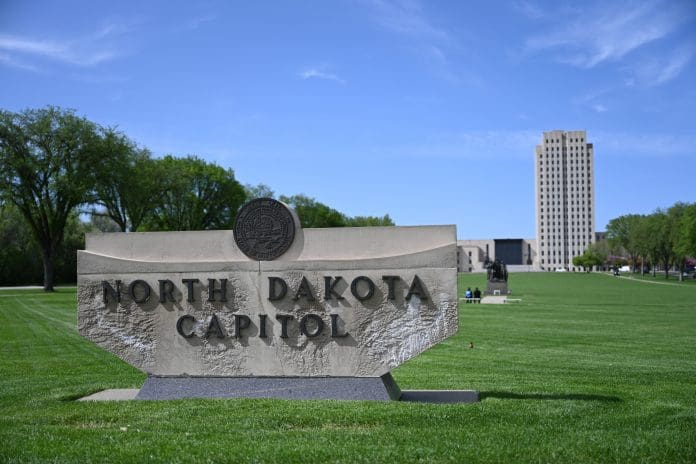North Dakota Governor Doug Burgum has set a goal to make the nation’s second largest oil-producing state carbon-neutral by 2030. Addressing attendees at the Williston Basin Petroleum Conference, Burgum challenged oil and gas operators to help make North Dakota a carbon-neutral state by the end of the decade, highlighting the promise of carbon capture, utilization, and storage (CCUS) initiatives such as Project Tundra; the use of injected carbon dioxide (CO2) for enhanced oil recovery; efforts to store carbon from ethanol plants in underground formations in North Dakota; best management practices in agriculture to store carbon in soil and rangeland; and other innovative projects and practices that can help North Dakota reach carbon-neutral status by 2030.
“Of the states, North Dakota is among the best positioned to help our country and our world transition in an economically feasible way to a carbon-constrained future while providing reliable, resilient, and affordable energy,” Burgum said, adding that a longer-term goal would be to create a vision for how North Dakota could become the nation’s first carbon-negative state. “We won’t achieve this goal with federal mandates or state regulations. The only way we’ll achieve this goal is through innovation.”
During its biennial regular session that wrapped up in April, state legislators passed, and Burgum signed, several bills to support CCUS efforts:
- House Bill 1452 allocates US$25 million to create a Clean Sustainable Energy Fund to support low-emission technology projects and help provide a long-term, viable path forward for the state’s critical energy industry.
- Senate Bill 2014, the North Dakota Industrial Commission budget, includes US$9.5 million to study the feasibility of underground salt cavern storage in North Dakota.
- SB 2065 creates a regulatory framework for underground salt cavern and natural gas storage, presenting an opportunity to reduce flaring.
- SB 2328 grants a tax credit of US$0.75 per million Btu of flared gas captured by an oilwell flare mitigation system.
- SB 2152 adds geologic storage of CO2 to the sales and use tax exemption.
- SB 2206 allows utilities to recover costs for carbon capture.
Burgum credited the oil and gas industry for contributing to North Dakota’s growth over the last decade, as the state grew by 106,503 residents to a record population of 779,094, with the nation’s fourth-highest growth rate at 15.9%. The governor thanked the industry for its resiliency through the COVID-19 pandemic and the oil price collapse that preceded it, noting that North Dakota’s daily oil production has stayed at over 1 million barrels a day since July 2020 and the state remains the nation’s number two oil producer.
“We’re deeply grateful to those operators who continue to invest in production and infrastructure that will keep our state well-positioned for future growth,” Burgum said.
















